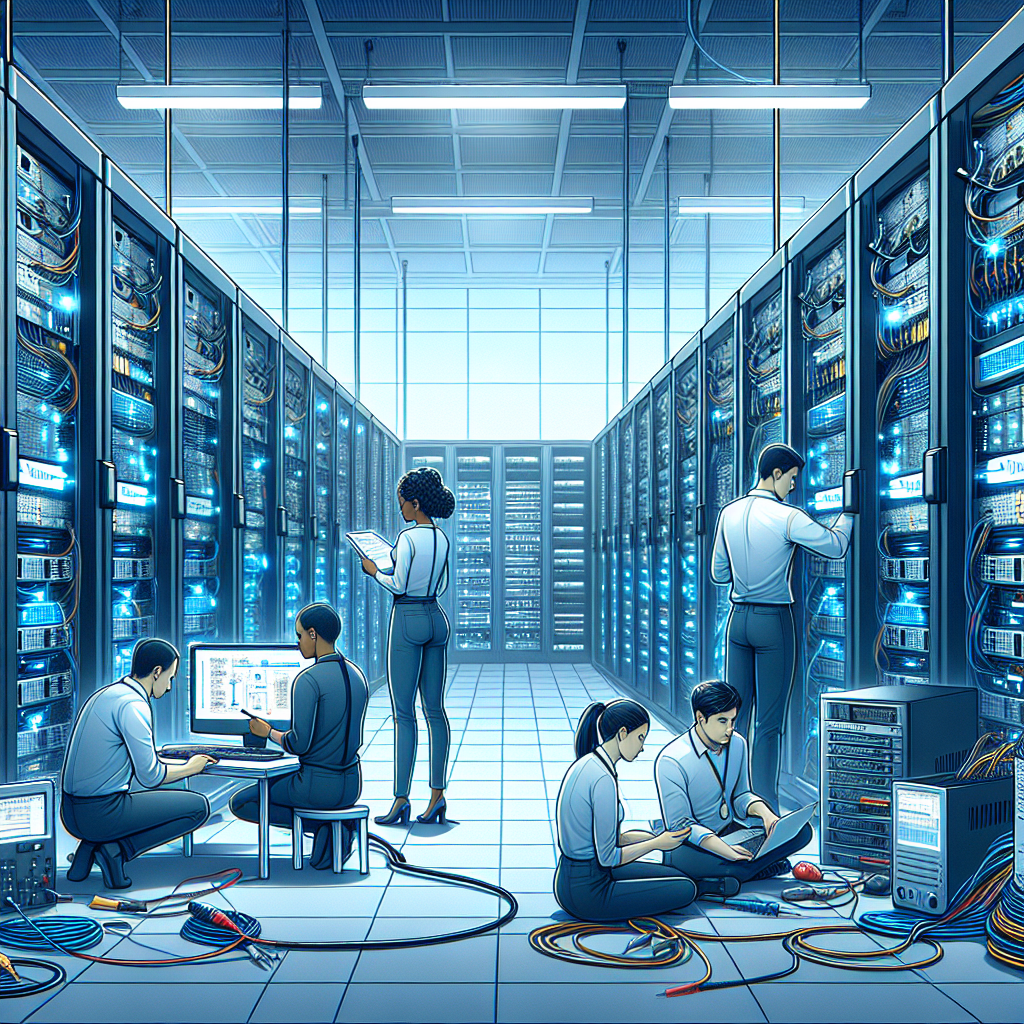Your cart is currently empty!
Effective Strategies for Data Center Hardware Troubleshooting

Data centers are the backbone of modern technology infrastructure, housing critical hardware and software that support the operations of businesses and organizations. When hardware malfunctions occur in a data center, it can lead to costly downtime and disruptions to services. Therefore, having effective strategies for troubleshooting hardware issues is essential for maintaining the reliability and performance of a data center.
Here are some effective strategies for troubleshooting data center hardware issues:
1. Monitor Hardware Performance: Implementing a robust monitoring system that tracks the performance metrics of data center hardware can help identify potential issues before they escalate into major problems. Monitoring tools can provide real-time insights into the health and performance of servers, storage devices, network equipment, and other hardware components.
2. Perform Regular Maintenance: Regular maintenance of data center hardware is crucial for preventing issues and ensuring optimal performance. This includes cleaning hardware components, updating firmware and software, replacing worn-out parts, and conducting routine inspections to identify any signs of wear or damage.
3. Create a Comprehensive Documentation: Maintaining detailed documentation of data center hardware configurations, network diagrams, and troubleshooting procedures can streamline the troubleshooting process and help technicians quickly identify and resolve issues. Documentation should include information such as hardware specifications, network connections, IP addresses, and troubleshooting steps.
4. Conduct Root Cause Analysis: When hardware issues occur, it is important to conduct a thorough root cause analysis to identify the underlying cause of the problem. This may involve reviewing logs, conducting diagnostic tests, and analyzing performance metrics to pinpoint the source of the issue. Once the root cause is identified, appropriate remediation steps can be taken to address the problem.
5. Implement Redundancy and Failover Mechanisms: To minimize the impact of hardware failures, data centers should implement redundancy and failover mechanisms that provide backup resources in case of a hardware malfunction. This may include redundant power supplies, RAID arrays, backup servers, and network connections that can automatically take over in the event of a failure.
6. Work with Vendor Support: In some cases, troubleshooting hardware issues may require assistance from the hardware vendor. Data center technicians should be familiar with the vendor’s support resources and contact them for help when needed. Vendor support can provide guidance on troubleshooting steps, firmware updates, and hardware replacements to resolve issues quickly.
By implementing these effective strategies for data center hardware troubleshooting, organizations can minimize downtime, optimize performance, and ensure the reliability of their data center infrastructure. Proactive monitoring, regular maintenance, comprehensive documentation, root cause analysis, redundancy mechanisms, and vendor support are key components of a successful hardware troubleshooting strategy. Investing in these strategies can help organizations maintain a stable and resilient data center environment that supports their business operations effectively.

Leave a Reply